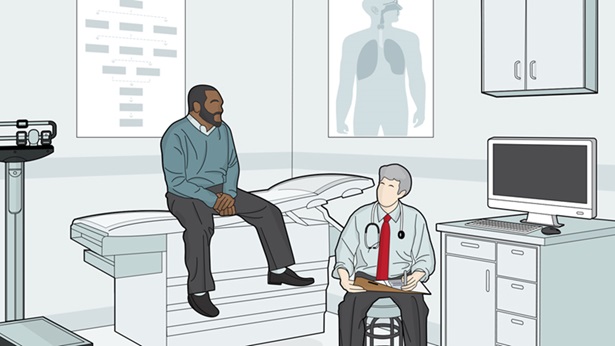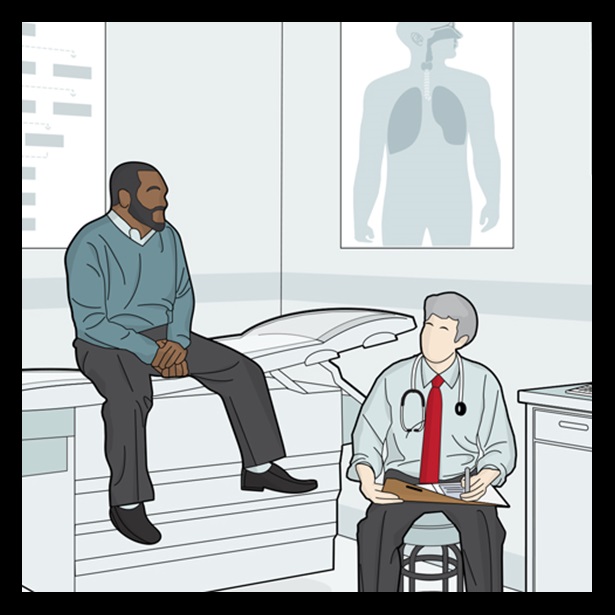Unnecessary Antibiotic Use Jeopardizes Patient Safety
Like any medication, antibiotics carry certain risks. While they are critical to treating a wide range of conditions, from strep throat and urinary tract infections to bacterial pneumonia and sepsis, these drugs also increase a patient’s chances of developing Clostridium difficile infections—which can result in life-threatening diarrhea—and can lead to adverse drug events, including allergic reactions.
Because of these dangers, it is important to use antibiotics only when needed. However, many antibiotics prescribed in the United States are unnecessary.
See what the research tells us and what leading antibiotic use experts say about inappropriate prescribing, the threat it poses to patient health, and how improved antibiotic stewardship can help to protect patient safety.
“For a long time, we believed that ‘erring on the safe side’ for our patients might be to prescribe an antibiotic just in case, even when we weren’t completely certain of the diagnosis. … Increasingly, we’re realizing that ‘being on the safe side’ often means not prescribing an antibiotic.”
-Adam Hersh, M.D., University of Utah, Primary Children’s Hospital
Antimicrobial [drugs] are the most common cause of adverse events in children, accounting for nearly 30 percent of ER visits.—“Pediatric Adverse Drug Events in the Outpatient Setting: An 11-Year National Analysis,” Pediatrics (2009)
“Acute bronchitis is one of the very common conditions we see in the emergency department and it’s also one … for which we have the best evidence that antibiotics should not be used, as these infections are typically caused by viruses and will resolve on their own. … I’ve seen … patients that received antibiotics for simple bronchitis or sinusitis that probably didn’t need the antibiotic, and then came in with life-threatening diarrheal illness, known as C. difficile infection.”
-Larissa May, M.D., University of California, Davis
Antibiotic use is associated with a number of adverse drug events, which are estimated to cause more than 140,000 emergency room visits a year. The majority of these visits are due to allergic reactions, which can range from minor rashes to life-threatening responses.—“Emergency Department Visits for Antibiotic-Associated Adverse Events,” Clinical Infectious Diseases (2008)
“I’ve had patients with antibiotic-associated adverse drug reactions … serious ones, such as Stevens-Johnson’s syndrome and [the] development of C. difficile.”
-Katie Suda, Pharm.D., M.S., University of Illinois, Chicago
An analysis of multiple studies found that patients who received antibiotics were seven times more likely to contract a community-acquired C. difficile infection, compared with patients who had not received antibiotics.—“Community-Associated Clostridium difficile Infection and Antibiotics: A Meta-Analysis,” Journal of Antimicrobial Chemotherapy (2013)
“There’s a misperception on the part of doctors that patients want antibiotics. … [There] are millions of individual visits where we’re doing the wrong thing by our patients. We’re giving them medicines that they don’t need.”
-Jeff Linder, M.D., M.P.H., Brigham and Women’s Hospital, Harvard Medical School
One study estimated that a 30 percent reduction in broad-spectrum antibiotic use in hospitals could result in a 26 percent reduction in hospital-associated C. difficile infections.Vital Signs: Improving Antibiotic Use Among Hospitalized Patients,” Morbidity and Mortality Weekly Report (2014)
“What is concerning is a lot of people think every sore throat is strep throat, and they want antibiotics. The reality is that most sore throats are not strep throat. It is important that we make sure that we don’t give antibiotics just for a viral sore throat. … If we continue to prescribe antibiotics inappropriately … we will get to a point where children are not responding to antibiotics. And that’s very scary.”
-Teri Woo, Ph.D., National Association of Pediatric Nurse Practitioners
David Hyun, M.D., works on The Pew Charitable Trusts’ antibiotic resistance project.












